Oral care looks much different for a 20-year-old than it does for an 80-year-old. As you age, you experience different stages that impact your dental health. Here we look at the dental challenges we face throughout our lives and how you can ensure your oral care through the years is optimized.
Tweens And Teens: Orthodontics

Between the ages of 9 and 14, your dentist might recommend braces to correct a number of dental woes ranging from crowding or spacing to bite issues. However, today, many adults are seeking orthodontic treatments as well, to correct issues that interfere with their perfect smile. Oral care with braces is quite different from oral care without braces. If you are undergoing orthodontic treatment, adjustments to your oral care should include the following:
Brushing after snacks: Instead of a twice-a-day brushing regime, you should brush every time after you eat, including snacks. Keep a soft, round-bristle toothbrush handy so you can do a quick clean to remove food debris.
Brushing technique: Be sure to brush at the gum line and below your brackets. Use a 45-degree angle so the brush bristles point toward your gumline. Also, make sure you brush the top and bottom of your brackets.
Floss: Floss at least once a day using an interdental brush or water flosser to remove plaque and food debris.
Mouthwash: If you don’t use mouthwash, or do but don’t use an antimicrobial mouth rinse, now’s the time to start.
Tongue scraper: Help remove bacteria that cause gum disease and decay with a tongue scraper.
Dental checkups: Stick to your semi-annual dental checkups to spot issues and control plaque.
To make oral care easier during your orthodontic treatment, discuss Invisalign treatment with your dentist. Instead of metal tracks and brackets, the aligner trays that gently ease teeth into the ideal place are removable, allowing you to stick to your usual dental care regime.
Teens And Early 20s: Wisdom Teeth
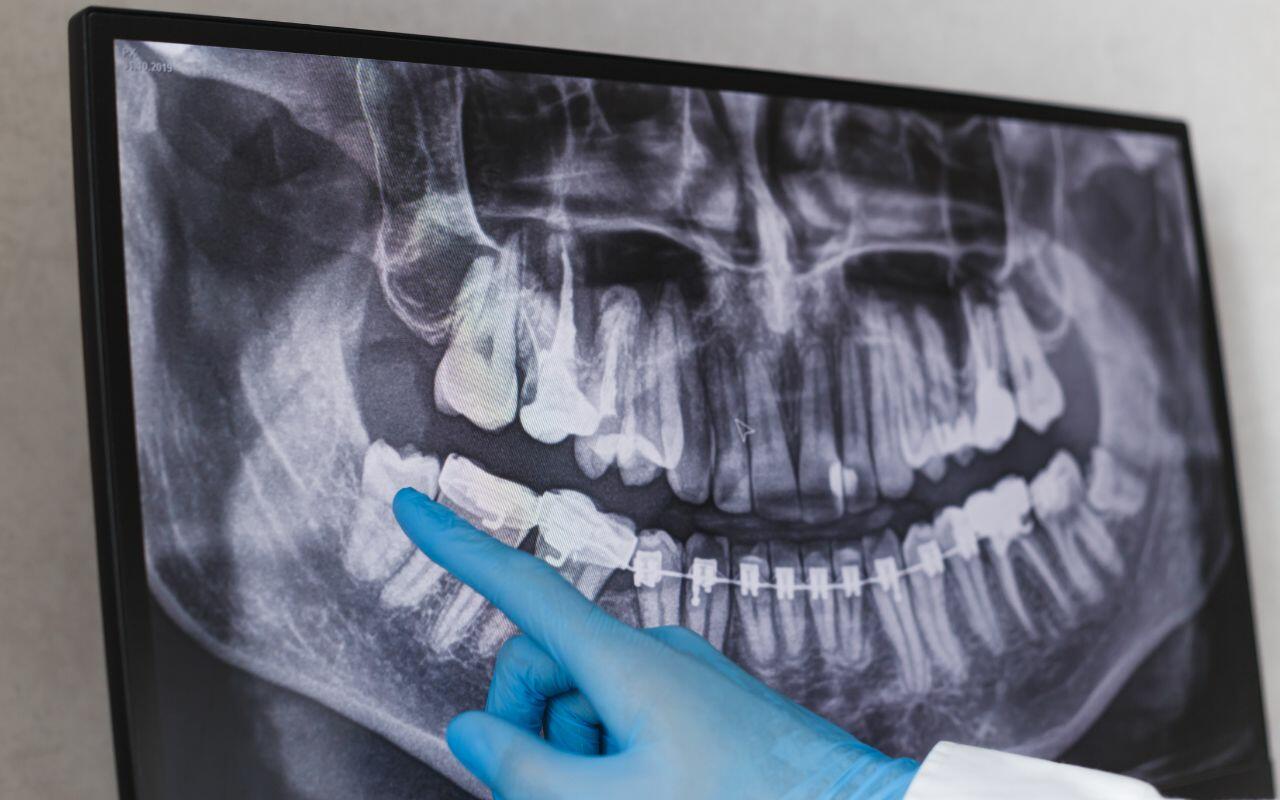
Wisdom Teeth, or “third molars” make a late appearance between the ages of 16 to 25. They can be brutal on your gums, causing uncomfortable symptoms and issues. Some people don’t have wisdom teeth at all, others have them with minimum disruption, and the unlucky majority of us will experience wisdom teeth issues that include:
- Your wisdom teeth being too big to fit your jaw
- Wisdom teeth trapped under your gums
- Impacted wisdom teeth coming in sideways, backwards or forwards into the roots of your last molar
An x-ray will determine if the issue calls for extraction. The sooner you have your wisdom teeth removed, the easier it is, and the less risk there is for issues including painful, dangerous infections. Symptoms of wisdom teeth problems include:
- Headaches
- Earaches
- Pain in the jaw, neck, or throat
- Tooth and gum pain
Wisdom teeth can also develop a cyst filled with fluid that can destroy the bone around other molars. During your teens and early 20s, it’s important to be aware of these symptoms, so you can mention them to your dentist. Also, keeping up with your dental checkups throughout your teens is important as your dentist will be looking for wisdom teeth issues. If your wisdom teeth erupt without issue, you must make sure to get right back there when brushing and flossing, as they tend to be at higher risk of decay due to their location.
Late 20s And Early 30s: Tooth Decay
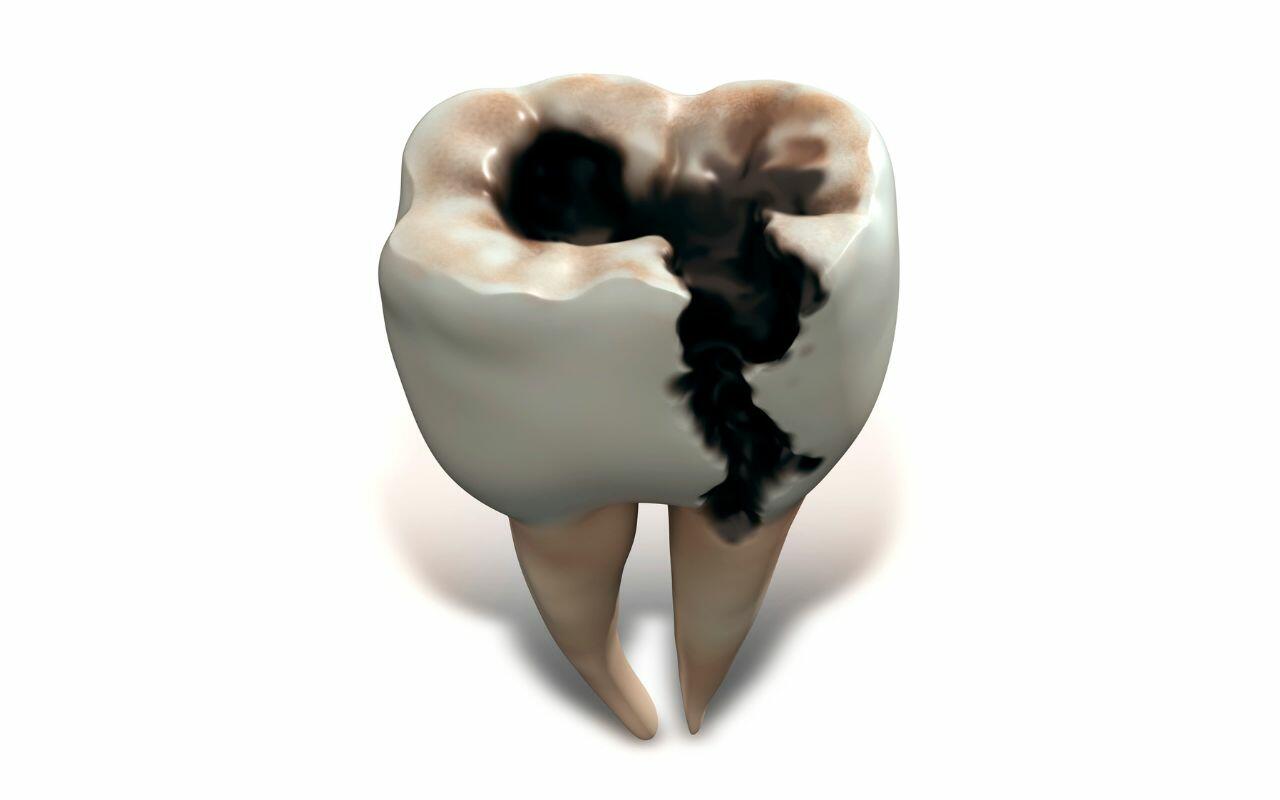
Oral health as you age and enter your late 20s and early 30s is influenced by a whole new list of issues, including:
- Stress from work and trying to make ends meet
- Lifestyle changes like smoking and drinking
- A worsening dental hygiene regime
- Poor eating habits
This combination can lead to cavity accumulation and, without proper care, the risk of tooth loss by the time you reach 30. The risks are not just related to your changing lifestyle but also to the fact that your protective tooth enamel weakens with age. As a result, you need to make better life choices and ramp up your home oral care routine, ensuring you brush twice a day and floss once a day.
30s: Cavities And Aging Fillings
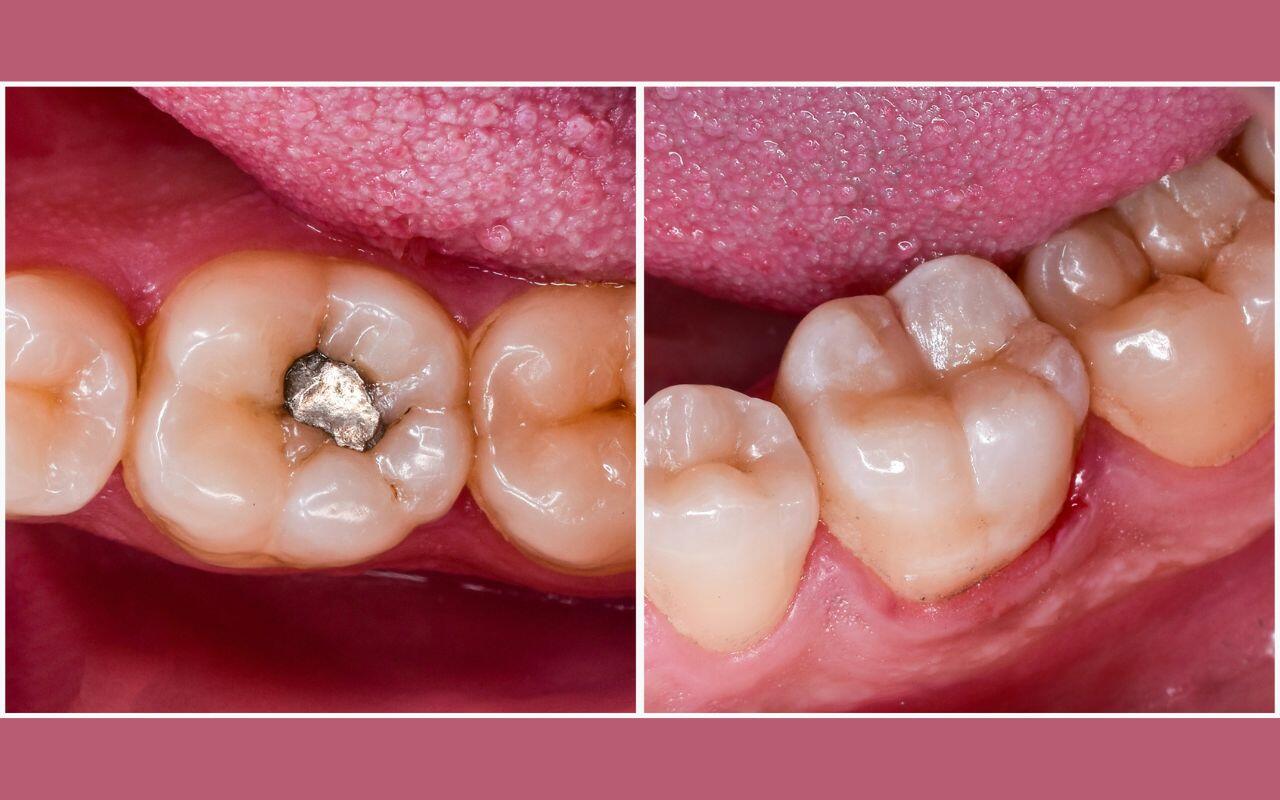
The fillings you get in your childhood, teens, and 20s eventually will need to be replaced. Aging and dental care habits impact old fillings. If they become loose the filling can fall out or expose areas under and around the filling to plaque and decay. If your fillings are not replaced, it can lead to issues including gum disease, infections, tooth abscesses, and tooth loss.
Another issue in your 30s is undetected or untreated cavities. The longer you leave a cavity untreated, the more danger it presents. Unfilled cavities continue to decay, and can reach your root. As a result, you’ll experience severe pain and increase the risk of infection and tooth abscess. Maintaining your semi-annual dental checkups and cleanings is the best way to detect cavities. Following up with an appointment for your fillings as soon as possible will avoid the need for pain and extensive costly treatments like root canals.
Late 30s, 40s And 50s: Teeth Under Stress

Increasing life responsibilities increases stress which can lead to tooth issues, including grinding at night. This puts pressure on your jaw as the grinding and clenching compress and contract your jaw muscles. This added pressure and strain on your jaw, teeth, and gums could also lead to early wear, cracks, and TMJ issues. Known as bruxism, this dental disease shouldn’t be ignored.
If you wake up with jaw or neck pain, or have symptoms such as headaches, you might have bruxism. To protect your teeth, gums, and jaw, your dentist will recommend a mouthguard customized to fit over your teeth. The guard provides a cushion, reducing the pressure when you clench and grind. Wearing your mouthguard every night will reduce pain as well as the risk of chips, cracks, tooth sensitivity, and early enamel wear.
40s, 50s: Weakened Enamel And Arthritis
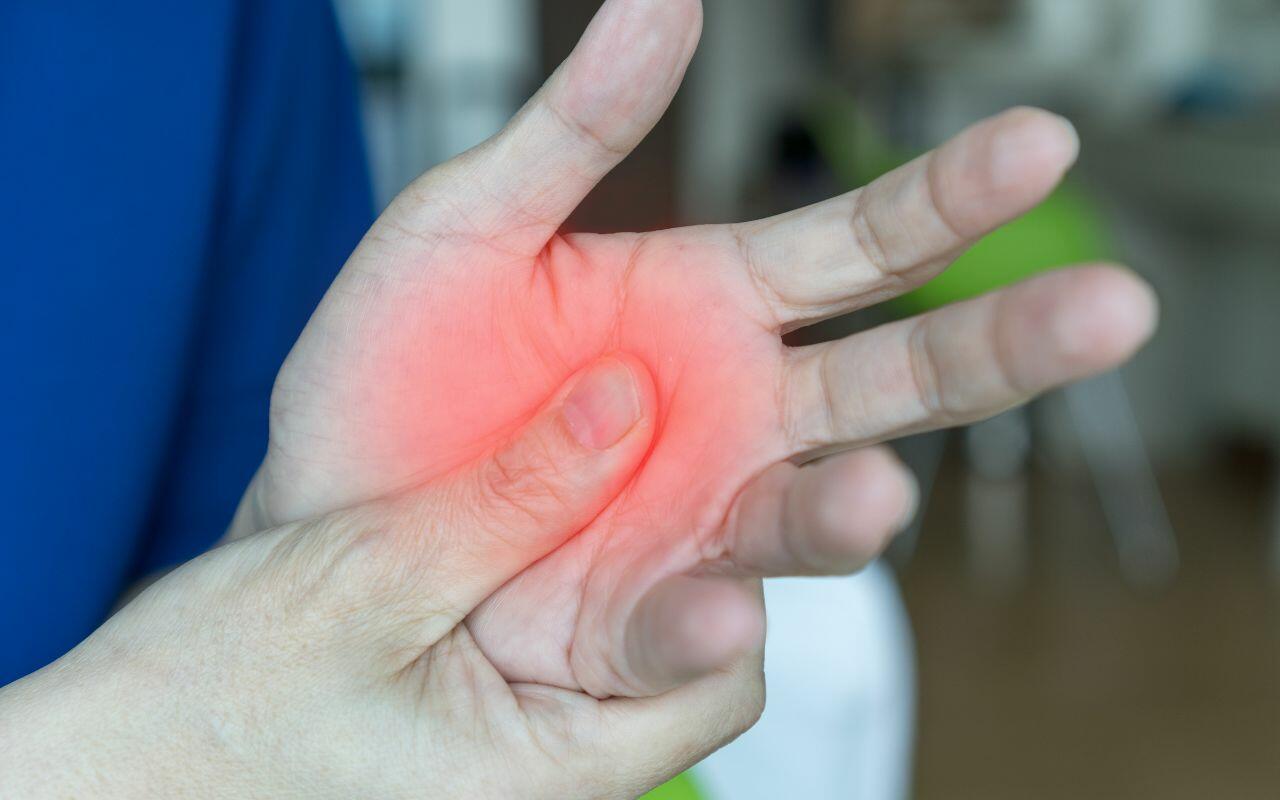
In your 40s, your enamel weakens, and your gums might recede. As a result, you need to be diligent in your oral care. You might also experience general health issues such as arthritis, which can make it difficult to brush and floss. If hand or wrist pain makes it difficult to brush and floss, try a brush with a larger handle or a power toothbrush. Chronic diseases like diabetes often develop in your 50s and increase the risk of gum disease and infections, so regular checkups, brushing, and flossing are essential.
65 And Over: Chronic Diseases
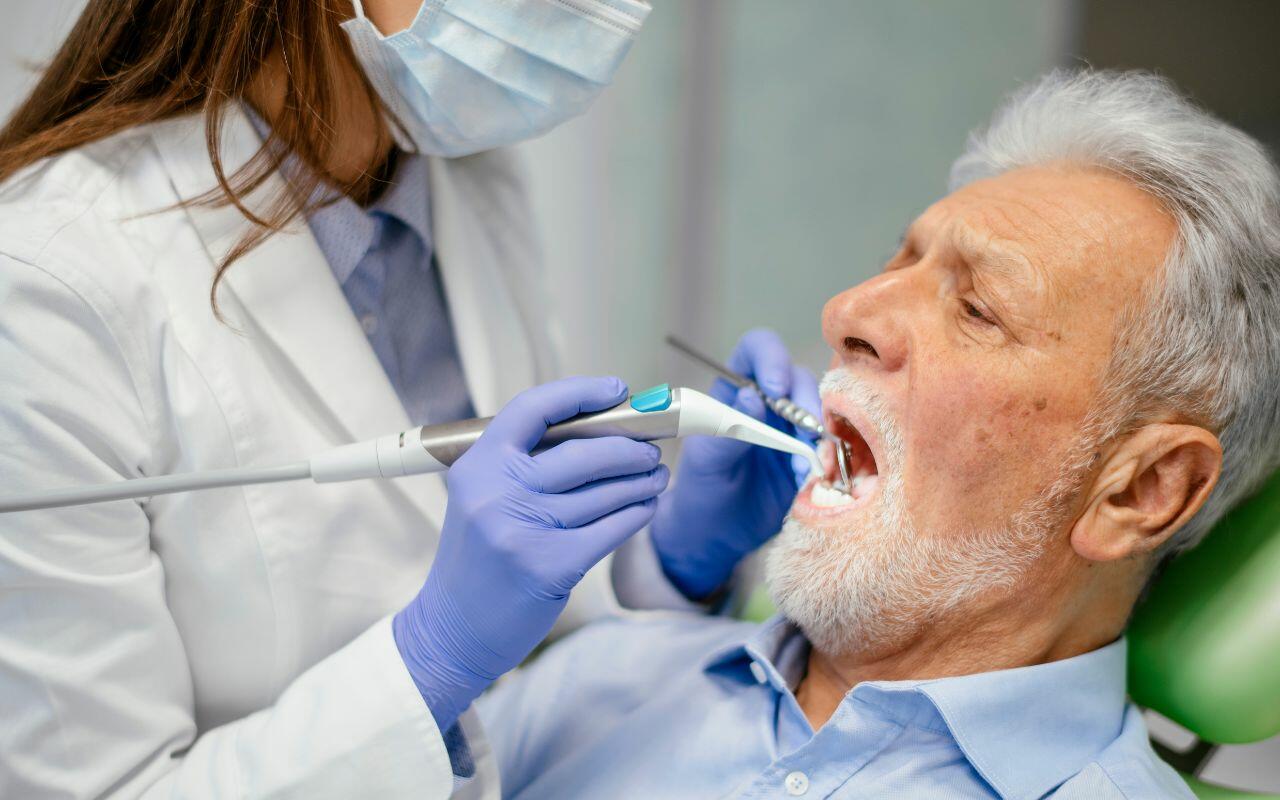
Aging and oral health are impacted by chronic diseases and medications in our senior years that can lead to oral changes. This includes increased tooth sensitivity, exposed roots, dry mouth, and tooth discolouration. Good oral hygiene can help prevent health issues, including:
- Lung infections related to harmful types of mouth bacteria
- Mouth infections for people with diabetes
- Heart attack and stroke risk related to gum disease
- Increased risk for mouth infections and bone loss for denture wearers
A note about dementia: people with dementia have a hard time carrying on with their oral hygiene regime and can benefit from the assistance of a caregiver for brushing and flossing.
How Is Oral Care Through The Years Different As You Get Older?

Aging causes wear and tear on your teeth and mouth, enamel thinning, and receding gums, increasing the risk for gum disease, decay, bone loss and infections. As you age, your dentist can adjust your dental care regime, so you maintain strong teeth and healthy gums for life.
No matter what life stage you and your family are in, Bradford Family Dentistry can look after your oral care through the years! Call today to schedule an appointment at 905-775-5307, or click here to request an appointment.
